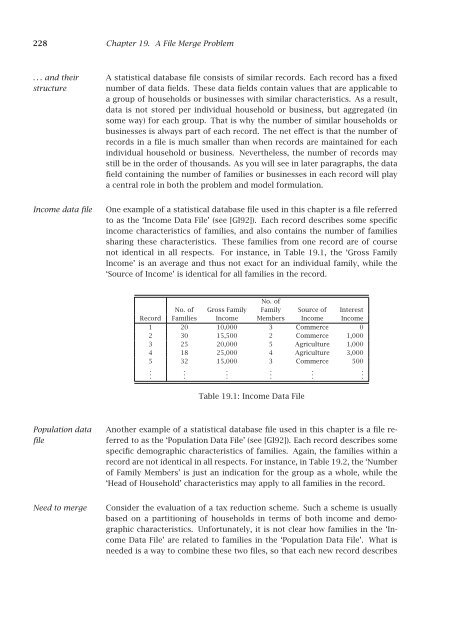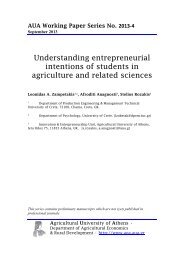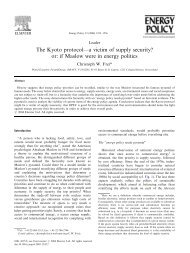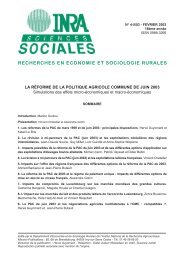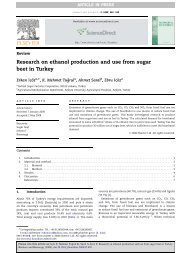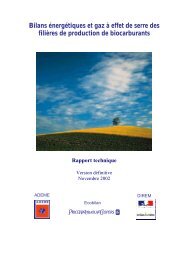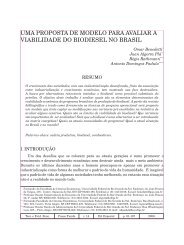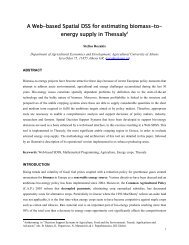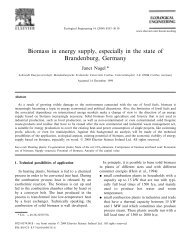Optimization Modeling
Optimization Modeling
Optimization Modeling
Create successful ePaper yourself
Turn your PDF publications into a flip-book with our unique Google optimized e-Paper software.
228 Chapter 19. A File Merge Problem<br />
... and their<br />
structure<br />
A statistical database file consists of similar records. Each record has a fixed<br />
number of data fields. These data fields contain values that are applicable to<br />
a group of households or businesses with similar characteristics. As a result,<br />
data is not stored per individual household or business, but aggregated (in<br />
some way) for each group. That is why the number of similar households or<br />
businesses is always part of each record. The net effect is that the number of<br />
records in a file is much smaller than when records are maintained for each<br />
individual household or business. Nevertheless, the number of records may<br />
still be in the order of thousands. As you will see in later paragraphs, the data<br />
field containing the number of families or businesses in each record will play<br />
a central role in both the problem and model formulation.<br />
Income data file<br />
One example of a statistical database file used in this chapter is a file referred<br />
to as the ‘Income Data File’ (see [Gl92]). Each record describes some specific<br />
income characteristics of families, and also contains the number of families<br />
sharing these characteristics. These families from one record are of course<br />
not identical in all respects. For instance, in Table 19.1, the ‘Gross Family<br />
Income’ is an average and thus not exact for an individual family, while the<br />
‘Source of Income’ is identical for all families in the record.<br />
No. of<br />
No. of Gross Family Family Source of Interest<br />
Record Families Income Members Income Income<br />
1 20 10,000 3 Commerce 0<br />
2 30 15,500 2 Commerce 1,000<br />
3 25 20,000 5 Agriculture 1,000<br />
4 18 25,000 4 Agriculture 3,000<br />
5 32 15,000 3 Commerce 500<br />
.<br />
.<br />
.<br />
.<br />
.<br />
.<br />
Table 19.1: Income Data File<br />
Population data<br />
file<br />
Another example of a statistical database file used in this chapter is a file referred<br />
to as the ‘Population Data File’ (see [Gl92]). Each record describes some<br />
specific demographic characteristics of families. Again, the families within a<br />
record are not identical in all respects. For instance, in Table 19.2, the ‘Number<br />
of Family Members’ is just an indication for the group as a whole, while the<br />
‘Head of Household’ characteristics may apply to all families in the record.<br />
Need to merge<br />
Consider the evaluation of a tax reduction scheme. Such a scheme is usually<br />
based on a partitioning of households in terms of both income and demographic<br />
characteristics. Unfortunately, it is not clear how families in the ‘Income<br />
Data File’ are related to families in the ‘Population Data File’. What is<br />
needed is a way to combine these two files, so that each new record describes


